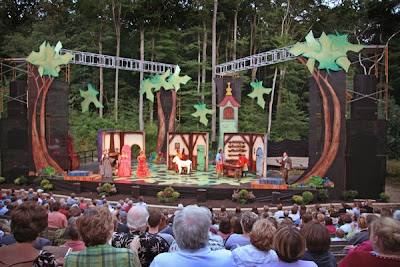 Idle gas pumps form a curious backdrop as assorted vehicles zip past in this night exposure at the intersection of I-71 and SR 13 south of Mansfield—while, at the same time, long lines at the pumps and gasoline rationing are occurring in some mid-southeastern states.
Idle gas pumps form a curious backdrop as assorted vehicles zip past in this night exposure at the intersection of I-71 and SR 13 south of Mansfield—while, at the same time, long lines at the pumps and gasoline rationing are occurring in some mid-southeastern states.GASOLINE PRICES--
Certainly, it is beyond the scope of this blog to try to make sense of these almost daily shifts—usually upward—in gasoline prices.
And, I understand this Earth of ours is a finite reservoir of crude oil. Like a milkshake, adding more straws does not increase the supply.
But, it rankles me to constantly read of enormous profits being harvested by the oil companies while inflation is thrashing our economy.
It rankles me to be held hostage to market forces also driven by short-term profit speculators.
It rankles me to see the retailer boost his pump prices without the arrival of a tank truck delivering a new and higher priced load of fuel.
Yet, while I do not like these increasing prices at the pump, that pain might be just the jolt we, as a free-enterprise society, need to develop and provide affordable, sustainable alternatives to fossil fuels.
Meanwhile, here are two informative sites on gasoline pump prices. The first contains both a US map and an OH map with average costs per gallon—updated daily, by county. The second is the AAA synopsis of costs and trends:
http://www.ohiogasprices.com/price_by_county.aspx and, http://www.fuelgaugereport.com/OHavg.asp









 This specimen was found in its current condition in an apartment in Centerburg, OH by a relative of Jan’s. The discovery itself is a chilling thought for Ohioans because that town is far north of this creature’s normal range.
This specimen was found in its current condition in an apartment in Centerburg, OH by a relative of Jan’s. The discovery itself is a chilling thought for Ohioans because that town is far north of this creature’s normal range.















